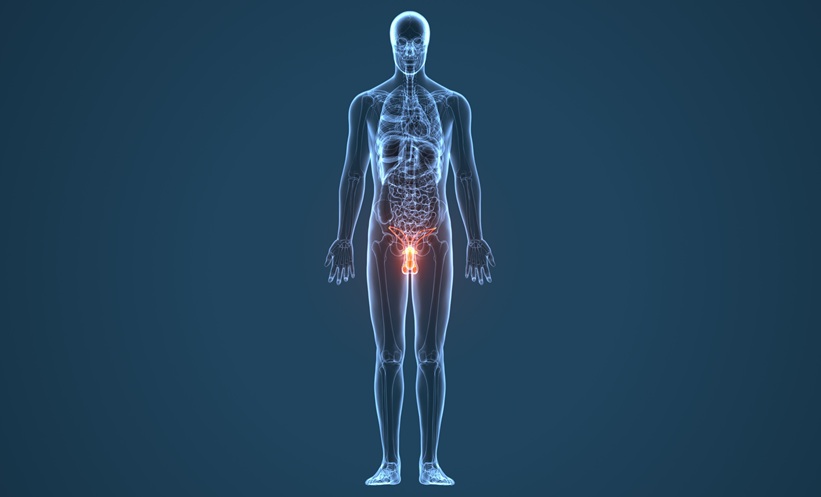BENIGN prostatic hyperplasia (BPH) affects over half of men aged 60 and older, often leading to bothersome lower urinary tract symptoms (LUTS). While transurethral resection of the prostate (TURP) remains the gold standard surgical treatment, its potential risks, such as incontinence, erectile dysfunction and retrograde ejaculation, lead many patients to seek less invasive options.
Prostate artery embolisation (PAE) is a minimally invasive alternative increasingly recognised in clinical guidelines for men unsuitable or unwilling to undergo surgery. Previous studies have shown that PAE offers similar symptom relief to TURP, with fewer sexual side effects and suitability even for large prostate volumes up to 600 mL.
This prospective study investigated the impact of PAE using formal urodynamic testing, providing objective data on bladder function, a method rarely used in prior PAE research. Results showed significant improvements in bladder obstruction, prostate volume, and patient-reported International Prostate Symptom Scores (IPSS) and quality of life (QoL). These improvements were consistent across varying baseline prostate sizes and more closely correlated with the amount of embolic material used than initial prostate volume.
Importantly, 30% mean reductions in prostate volume were sustained up to 18 months post-procedure. Side effects were mild and self-limiting; transient urinary symptoms resolved within a week, and only 2% of patients reported sexual side effects. No cases of incontinence were noted.
Despite some patients being lost to follow-up for urodynamic reassessment, the study’s robust symptom-based results mirrored those of the urodynamic group. The findings reinforce PAE’s potential as a non-surgical treatment, particularly for men with larger prostates or those wishing to avoid surgery.
In conclusion, PAE significantly improves both subjective and objective outcomes for men with obstructive LUTS due to BPH. Its favourable safety profile and durable symptom relief make it a compelling alternative to traditional surgical interventions, especially for those prioritising sexual function and rapid recovery.
Reference
Brown N et al. Prostate artery EmbolisAtion Safety and efficacY: Preliminary and foLlow-Up urodynamic Studies (P-EASY PLUS). BJU Int. 2025;DOI:10.1111/bju.16808.







